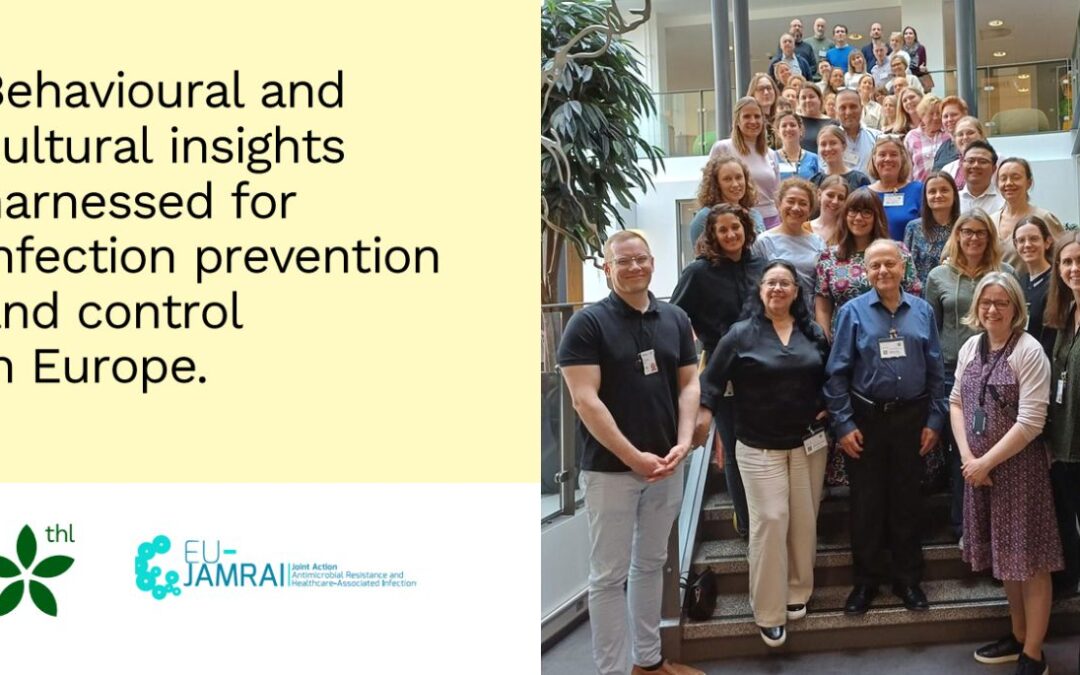On November 6-7, participants in EU-JAMRAI 2 WP5 “One Health Strategies and National Action Plans; Member State engagement”, gathered in The Hague (Netherlands), to share insights, address common obstacles, and strengthen the EU-wide network.


The event gathered a diverse group of perspectives: from public health institutes, ministries of health, ministries of agriculture or environment, to national medicine institutes. The session was opened by Director General Marjolijn Sonnema of the Ministry of Healthcare, Welfare and Sports who remarked that “if you want to go fast, go alone. If you want to go far, go together. I believe that together, we will go fast and far.”
During the first day, two rounds of workshops/collaboration circles left an important number of conclusions. The first round of discussions identified the following challenges relevant to the joint action:
- Establishing and achieving long-term goals
- Ensuring effective collaboration across all sectors
- Promoting active involvement as a crucial factor
- Addressing the significant impact of economic factors


From the second round of discussions, several solutions were formulated:
- Financial storytelling for different stories, because no one size fits all.
- More information sharing for example through a capacity-building workshop.
- A showcase of how One Health is working in practice, with best practices and results to use/iterate globally.
- Executive summary of action plans with time spent for the long term.
- Looking for an overarching approach that takes into account how to prioritize.
On the second day of the event, the networking circle came full circle. Where the first day centered on strengthening One Health national action plans against AMR, this session brought people together to focus on the technical challenges of reducing AMR.
The discussions were rich and open, with participants sharing the real challenges member states face around infection prevention and control (IPC), surveillance and monitoring of AMR and antimicrobial consumption (AMC), antimicrobial stewardship, and ensuring prudent use and access to antimicrobials. Cross-cutting issues like raising awareness, training, data sharing, and communication also were addressed.


One of the highlights was how, despite very different systems, many countries are grappling with similar hurdles.
The opportunity to gather led to a concrete exchange of ideas, new connections, and potential collaborations. It was a powerful reminder that, together, there are plenty of ways forward in the fight against AMR.





